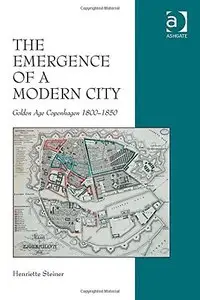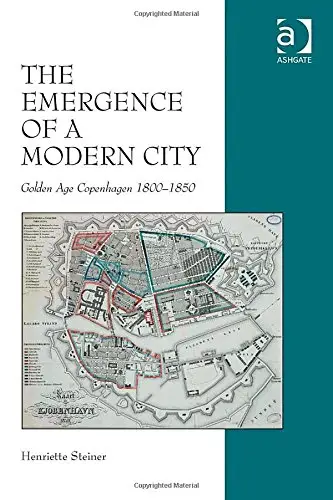Henriette Steiner, "The Emergence of a Modern City: Golden Age Copenhagen 1800-1850"
English | ISBN: 1472413253 | 2014 | 181 pages | PDF | 3 MB
English | ISBN: 1472413253 | 2014 | 181 pages | PDF | 3 MB
During Denmark's 'Golden Age' (c. 1800 to 1850), Copenhagen came into being as a modern city on the urban-cultural level. This book examines this period in the city's history,just before the establishment of some of the main features of the modernisation of cities associated with industrialisation, such as street lighting, sewer systems, and working class quarters. Having briefly set out the historical and topographical context, it assess the work of the most prominent architect of the period, C.F. Hansen in transforming the city physically, before moving on to consider writings by three citizens of Copenhagen, the philosopher Soren Kierkegaard, the novelist Thomasine Gyllembourg and the criminal Ole Kollerod, all of whom write about the city's institutional structure and urban. In doing so, the book not only gives the full picture of these people's lives, but focuses on the way they see themselves as part of the city and on the ambiguities in the way they picture this relationship. It is significant that they reflect on urban life at a time when the city in European thinking began to take on characteristics of ambiguous belonging and alienation while still holding on to some pre-modern motifs of a symbolic order. By including three very different citizens, the book evokes an example of a stratified civic order whose inherent contrariness in fact highlights significant features of the emergent order of the modern city.It investigates how urban life in Golden Age Copenhagen is experienced and structured socially, institutionally, and architecturally, using a broad historical source material spanning urban anecdotes, biography, philosophy, literature, and visual culture. In doing so, it offers insights into the processes of cultural re-orientation involved in the transition from traditional Baroque culture to what might be termed Romantic culture in this short period and the effects it has had on the development of the modern order of this city.



